 |
| PM Modi at the first phase inauguration of the roll on - roll off (ro-ro) ferry service between Ghogha in Saurashtra and Dahej. (PTI) |
Prime Minister Narendra Modi on Sunday visited poll-bound Gujarat for the third time this month and inaugurated the first phase of the Rs 615 crore 'roll on - roll off' (ro-ro) ferry service between Ghogha in Saurashtra and Dahej.
"This is the first of its kind project not only in India but also in South-East Asia," PM Modi said during the inauguration, also calling it his "dream project".
This prompted some chatter on Twitter about similar ro-ro ferry services in other parts of the country.
What is a ro-ro ferry service?
Roll on-roll off (Ro-Ro) ferry services facilitate movement of cargo and passengers across a water body, effectively acting as floating bridges. Vehicles can easily drive in and out of the vessels, helping in faster movement and reducing congestion at the entry and exit points. The service reduces the travel time between two locations that see continuous movement and regular business.
Does it exist elsewhere in India?
In March this year, the Inland Waterways Authority of India carried out successful berthing operation of a vessel at a Ro-Ro terminal built at a cost of Rs 46 crore on Brahmaputra river (National Waterway-2) in Assam's Dhubri district. Built at a cost of around Rs 10 crore, the motor vehicle MV Gopinath Bordoloi has the capacity to transport eight trucks and 200 passengers at a time. Regular operations reportedly began in July.
Earlier last year, two ro-ro ferry vessels were commissioned in Kerala and then built by Cochin Shipyard Limited to be used on the Fort Kochi-Vypin route. Each vessel costs Rs 3.80 crore and can carry four trucks weighing 10 tonnes, 12 cars or 50 passengers.
However, the Kochi Municipal Corporation is yet to take delivery of the vessels and begin service because of a delay in the construction of landing terminals.
How does the Gujarat ro-ro ferry service compare?
The scale of the the project is definitely much larger than the others.
According to Ajay Bhadoo, the chief executive officer of Gujarat Maritime Board which has executed the ro-ro project, the first phase of the service is meant for passengers. In the second phase, which will be ready in two months, cars can also be carried between the two towns. In the third phase, heavy vehicles such as trucks can also be taken in the ferry.
To start with, two ships -- M V Jay Sophia and Island Jed -- can take 300 and 239 passengers, including crew members respectively, the Gujarat Maritime Board (GMB) said.
The service reduces the distance between the two towns from 310 km by road to 30 km, which can be covered in one hour, Bhadoo said.
Essar Projects, the EPC arm of Ruias-led Essar Group said it has constructed and designed the ro-ro terminals at both Dahej and Ghogha ports, as part of its Rs 225 crore contract from the Gujarat government.
The ro-ro ferry service is expected to carry about 500 passengers and 100-150 vehicles on each trip across the Gulf of Khambhat (also called Gulf of Cambay) over a 30 km (17 nautical miles) navigational channel created on the sea. Once services commence, the ferry is expected to do four round trips every day.
"The ferry can take more than 100 trucks at one time, and with such a huge number of vehicles going off the road, it will impact the road connecting Delhi and Mumbai. The number of vehicles on Gujarat's industrialised zone will reduce, the speed of vehicles will increase and this will take the economic system in top gear," PM Modi said.
Source : DNA













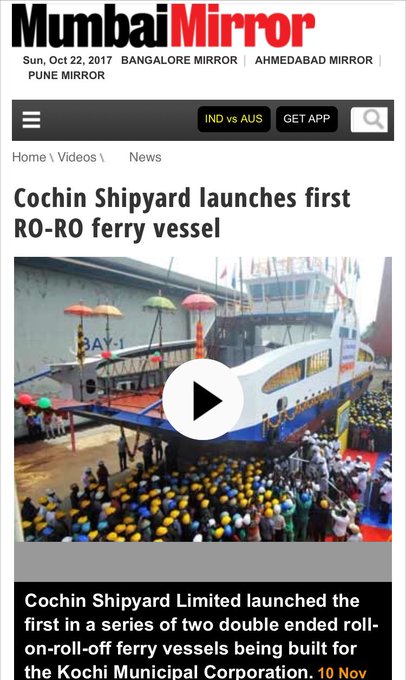
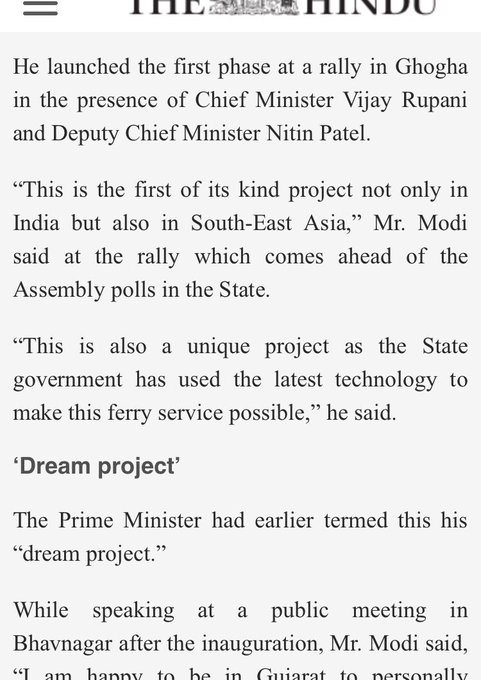
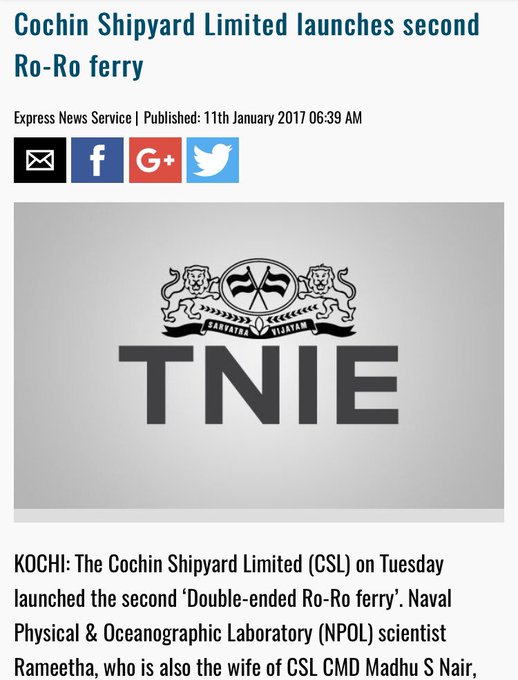
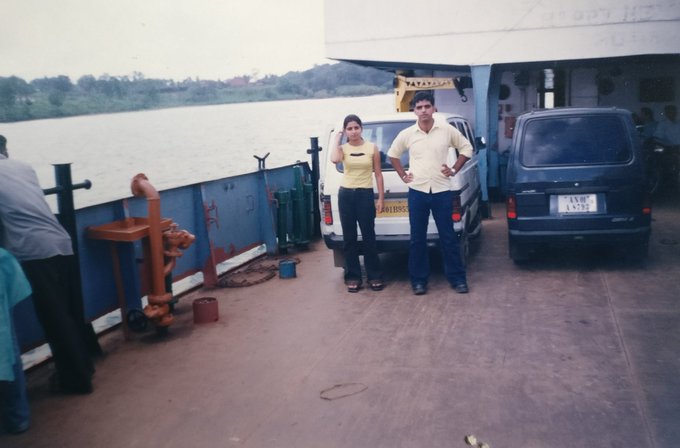
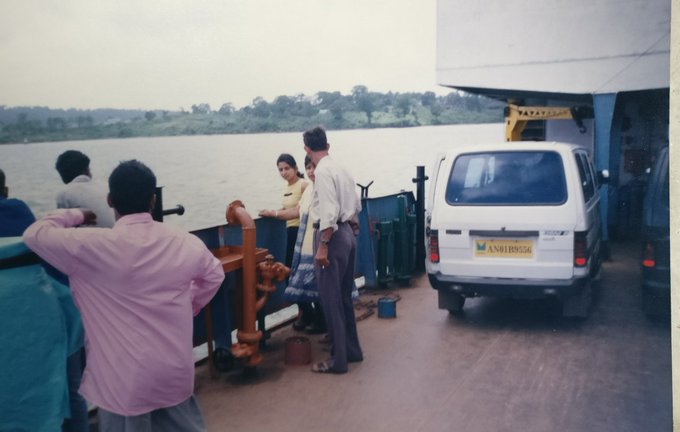
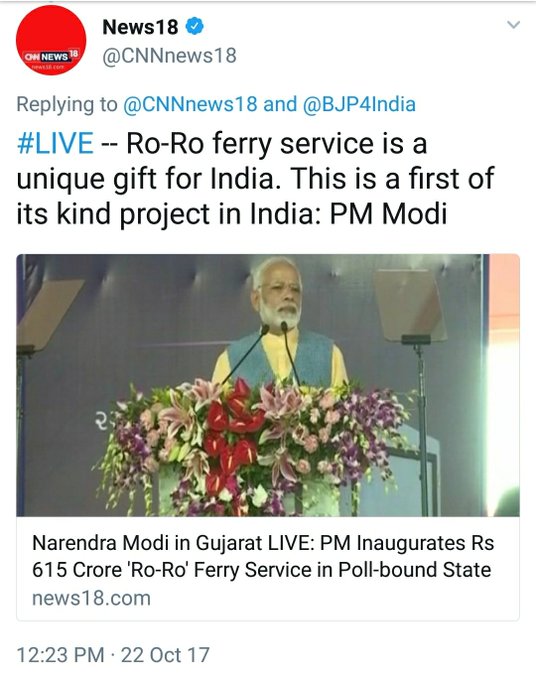

Post A Comment:
0 comments: